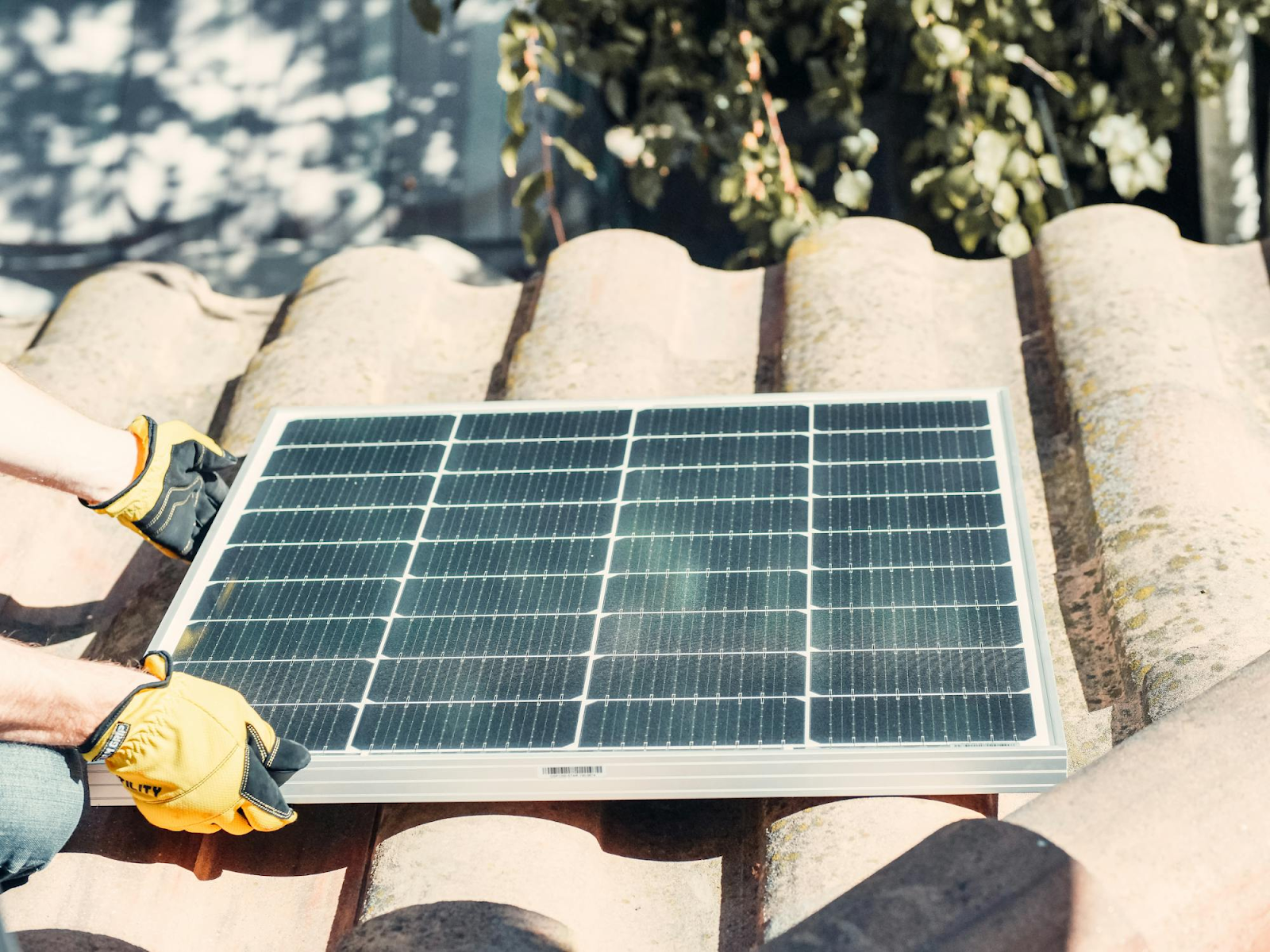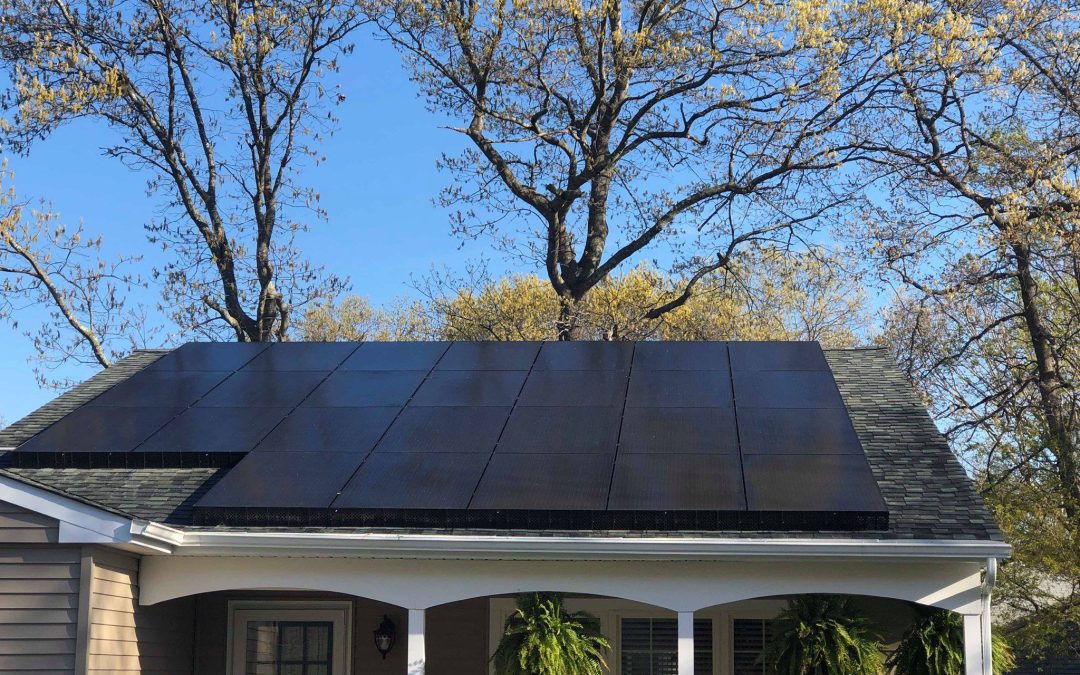Power House Home Energy | Long Island, NY
As homeowners look to upgrade their lifestyles with electric vehicles (EVs), pools, hot tubs, heat pumps, and central air conditioning, one question often comes up: How much will my electricity usage increase?
Adding energy-intensive appliances will raise your annual kWh consumption but pairing them with a solar panel installation can help offset these added costs. Let’s break down the average annual kWh increase and explore ways to manage your energy use.
Estimated Annual kWh Increase by Appliance
| Appliance | Estimated Annual kWh Increase | Equivalent Monthly kWh | Estimated Annual Cost (at $0.26/kWh) |
| Electric Vehicle (EV) | 3,000 – 4,500 kWh | 250 – 375 kWh | $780 – $1,170 |
| Pool Pump | 2,000 – 3,000 kWh | 166 – 250 kWh | $520 – $780 |
| Pool Heater (Electric Heat Pump) | 4,000 – 6,000 kWh | 333 – 500 kWh | $1,040 – $1,560 |
| Heat Pump (Whole Home Heating & Cooling) | 3,000 – 6,000 kWh | 250 – 500 kWh | $780 – $1,560 |
| Central Air Conditioning (AC) | 1,500 – 3,000 kWh | 125 – 250 kWh | $390 – $780 |
| Hot Tub | 2,000 – 3,000 kWh | 166 – 250 kWh | $520 – $780 |
Note: Estimates are based on Long Island’s average electricity rate of $0.26 per kWh and may vary depending on appliance efficiency, usage, and climate conditions.

How Each Upgrade Affects Your Electricity Usage
1: Electric Vehicles (EVs): 3,000 – 4,500 kWh/year
Switching from gas to electricity means powering your vehicle with electricity instead of gasoline. The average EV consumes 3,000–4,500 kWh per year, depending on your driving habits.
- Daily Driving: An EV driven 12,000 miles per year at 3.5 miles per kWh will use about 3,430 kWh annually.
- Home Charging: If you charge at home 100% of the time, expect a monthly increase of 250–375 kWh.
Solution: You can talk to our expert solar installers on Long Island to design a system that covers your increased electricity needs.
2: Pool Pump: 2,000 – 3,000 kWh/year
A single-speed pool pump running 8 hours per day can consume 2,000–3,000 kWh annually, making it one of the largest energy users in a home.
Solution: Consider upgrading to a variable-speed pump, which can cut energy usage by up to 75% compared to traditional models.
3: Pool Heater (Electric Heat Pump): 4,000 – 6,000 kWh/year
An electric heat pump pool heater extends your swimming season but can use 4,000–6,000 kWh per year, especially if heating a large pool from May to September.
- Gas heaters use fossil fuels, while electric heat pumps draw heat from the air, making them more efficient but still energy intensive.
Solution: Pairing a Long Island solar panel installation with a pool heating system can offset these high energy costs.
4: Heat Pump (Whole Home Heating & Cooling): 3,000 – 6,000 kWh/year
Replacing oil, propane, or natural gas heating with an electric heat pump reduces or eliminates fossil fuel dependence but adds electricity usage.
- A high-efficiency heat pump uses 3,000–6,000 kWh per year, depending on home size, insulation, and thermostat settings.
- Heat pumps are 2–3 times more efficient than traditional heating systems, making them a cost-effective solution in the long run.
Solution: Many Long Island homeowners bundle heat pump installations with solar to cover winter heating and summer cooling costs.
5: Central Air Conditioning (AC): 1,500 – 3,000 kWh/year
A typical central AC system runs from June to September and consumes 1,500–3,000 kWh per year.
- Average monthly usage: 400–700 kWh during peak summer months.
- Larger homes or inefficient AC units will push usage toward the higher end of the range.
Solution: Upgrade to a high-efficiency heat pump to combine cooling and heating into one system, reducing overall energy use.
6: Hot Tub: 2,000 – 3,000 kWh/year
A hot tub running year-round at 100°F+ can add 2,000–3,000 kWh per year to your electricity bill.
- Heating the water is the most energy-intensive part.
- Larger spas or frequent use will push energy consumption toward the higher end of the range.
Solution: Invest in a high-insulation cover and energy-efficient heater to reduce energy waste.
How to Offset Increased kWh Usage with Solar Panels
The good news? Solar panel installers near you can help you offset increased energy consumption.
- A 10kW solar system produces about 12,000 kWh per year, which could cover:
- An EV + Central AC OR
- A Pool Pump + Hot Tub + Partial Heat Pump Usage
For larger energy demands (pool heaters, whole-home heat pumps), homeowners may need a 12kW–15kW or larger system to fully offset their electricity use.
Can a Solar Panel Installation Cover Your Increased Demands?
Instead of simply absorbing higher electricity costs, many homeowners bundle their new energy-efficient upgrades with solar panels to:
- Eliminate energy cost increases.
- Qualify for incentives & tax credits.
- Increase home value.
At Power House Home Energy, we design & install custom solar solutions that match your home’s energy needs. Reach out to us to plan a Long Island solar panel installation that powers your home, no matter how much energy you use.


